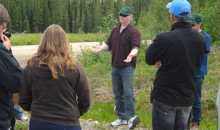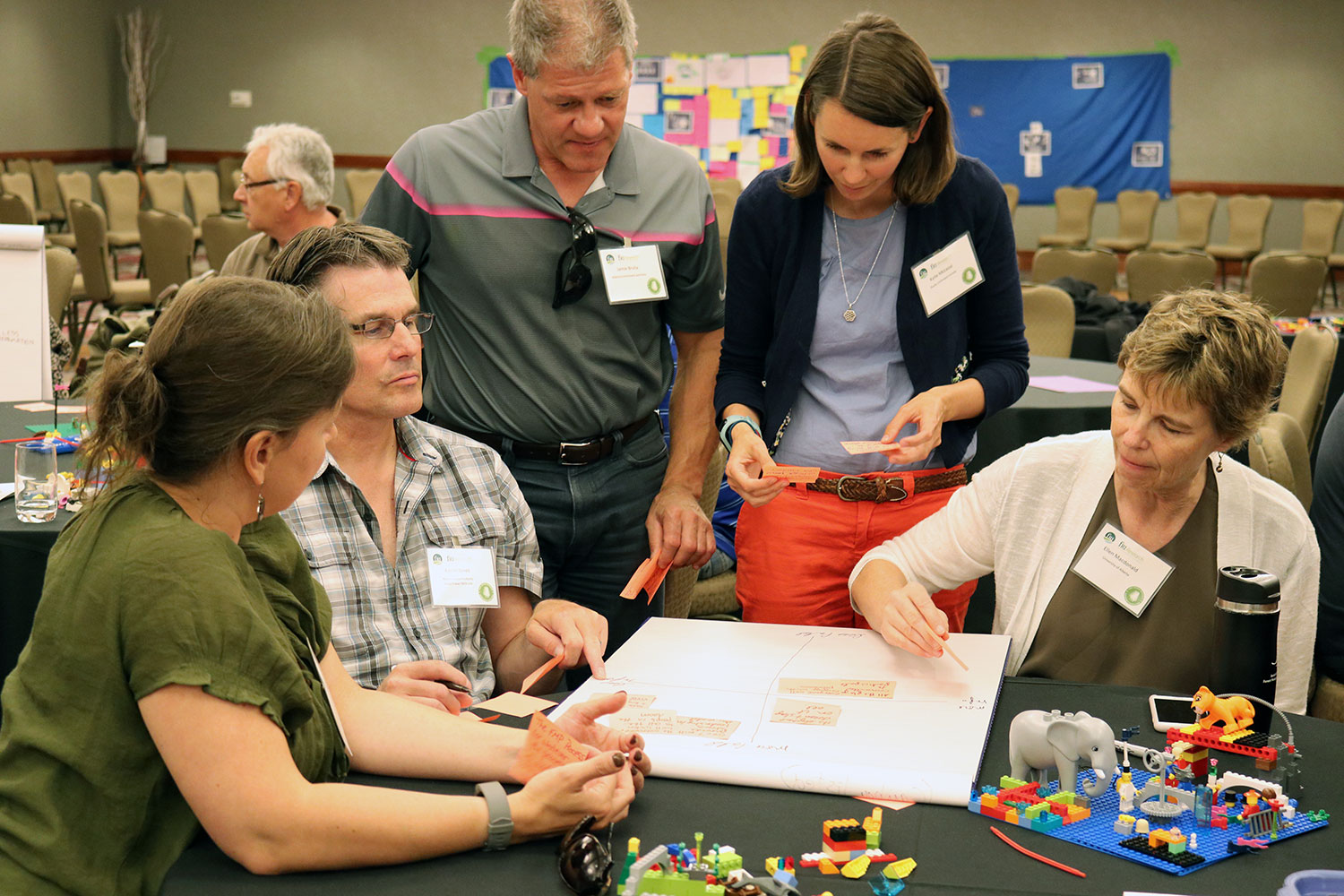 By Dave Andison
By Dave Andison

The Healthy Landscapes Program (HLP) just published Quicknote #50. The milestone made me a bit nostalgic, and Terri thought it might be an opportunity to reflect on how the HLP changed since the first one came out.
Back in the spring of 2000 – exactly 20 years ago – fRI Research was still in Phase I of the Foothills Model Forest, the HLP was known as the Natural Disturbance Program (NDP), and the NDP Activity Team included just three partners; Jasper National Park, Weldwood (now Hinton Wood Products), and what is now Alberta Agriculture and Forestry. Our work plan that year included four small research projects, a partner workshop, and an internal Program review.
Some of the changes over the last 20 years have been dramatic. Not only is there now an Activity Team that includes 25 partners across five provinces and territories, but there is also an HLP Executive – which is similar in size and makeup to the NDP Activity Team from 2000. Our annual project list now includes almost ten active projects, including partnerships with more than a dozen academics, grad students, post-docs, and consultants across Canada. The Program has also expanded to include some high profile outreach, communication, and education projects, including national workshops, dialogue sessions, two stand-alone websites, and several invited national and international speaking engagements.

But perhaps the most dramatic shift since the first HLP Quicknote was published in the spring of 2000, is the transition from the NDP to the HLP. On the surface, this transition was triggered by a workshop in 2011 to critically evaluate the NDP and help map out its future. The recommendations from that workshop were instrumental in the expansion of both the Activity Team membership and our research partnerships. Having said that, the philosophical shift from NDP to HLP was actually already well underway by the time we hosted this workshop. For example, the Hwy40 Demonstration project (circa 2006) was, and still is, arguably on the leading edge of many EBM principles. So in many ways, the formal NDP-HLP transition was more about self-identity and internal reconciling than it was content.
I also find it interesting to track the various project threads over the last 20 years. Some were “one-offs” but others were critical catalysts with long-term influence. For example, in 2000 we were just completing the first internal report on historical fire patterns in the foothills area based on a sample of 24 fires. Today, this database includes more than 630 fires and has been the primary source of seven publications and counting. This project also spawned the Landscapes in Motion (LIM) project that is currently studying and modelling mixed-severity fire regimes. Similarly, the first landscape simulation modelling exercise completed for Weldwood 20 years ago ultimately led to the LandWeb project, which has generated pre-industrial landscape condition data for about 125 million hectares of the western boreal. And who would have guessed the tremendous popularity, and expansion of the Quicknote series?!
There are also some valuable lessons from some things that have not changed. Heading this list is the vision and commitment of the FMF, and now fRI Research, in terms of shareholder support, administrative support, and funding. The unique partnership that now lies at the heart of the HLP could only have come about through a flexible and objective environment built largely on the trust of its Program Leads to develop robust research programs to suit partner needs. There are very few equivalents to the HLP. Case in point: whenever I speak about the HLP to national and international audiences, feedback often includes kudos and envy with respect to the environment that allows such a partnership to happen.
Another constant over the last 20 years is that the HLP Activity Team has often struggled to agree on exactly who we are – and thus by association, in what sorts of project do we engage. I think a part of this struggle is due to differences held within the EBM team of how EBM is defined (which is the topic of Quicknote #50). I’m not suggesting this is in any way a disadvantage or a challenge to be overcome. Rather, I think the fact that we have such a large and diverse group of partners who share a desire to explore EBM principles is one of our greatest strengths. It also provides the team with a constant reminder of the challenges associated with the transition to a new management paradigm – not to mention some powerful lessons! As our long-time HLP Activity Team meeting sage Jules Leboeuf often reminds us, “You are the experiment: If you cannot make it happen here in this room, you cannot expect it to happen outside of it”.
The next few years will build on the best parts of our collective knowledge and experience with EBM ideas and research, and will include several innovative developments. Hopefully, the blog for Quicknote #100 will be just as positive!
For anyone interested in a detailed version of the history of the NDP/HLP, please contact me.









